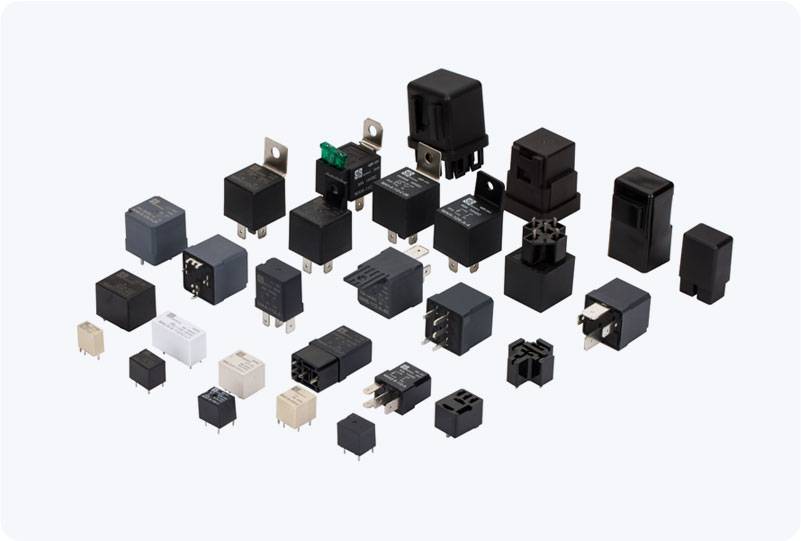In today’s increasingly automated industrial environments, the need for reliable and safe electrical control systems has become more critical than ever. One of the key components designed to enhance safety and protect both operators and equipment from electrical faults is the Safety Isolated Relay. This device plays a vital role in ensuring that high-voltage circuits remain isolated from low-voltage control systems, providing a crucial layer of protection against electrical hazards. This article explores the functionality, features, and applications of Safety Isolated Relays, shedding light on why they are indispensable in modern safety-critical systems.

What is a Safety Isolated Relay? A Safety Isolated Relay is an electrical relay designed to provide electrical isolation between the input and output circuits. It ensures that electrical faults in the high-voltage part of the system do not affect the low-voltage control components. This isolation is essential for preventing unwanted electrical interference, protecting sensitive control circuits, and ensuring that personnel working with equipment are shielded from potential hazards. The core function of a safety isolated relay is to prevent direct electrical connections between the circuits, which could lead to dangerous situations, such as electric shocks or short circuits. The isolation is typically achieved through components such as transformers or optical isolators that transmit signals without allowing direct electrical flow.